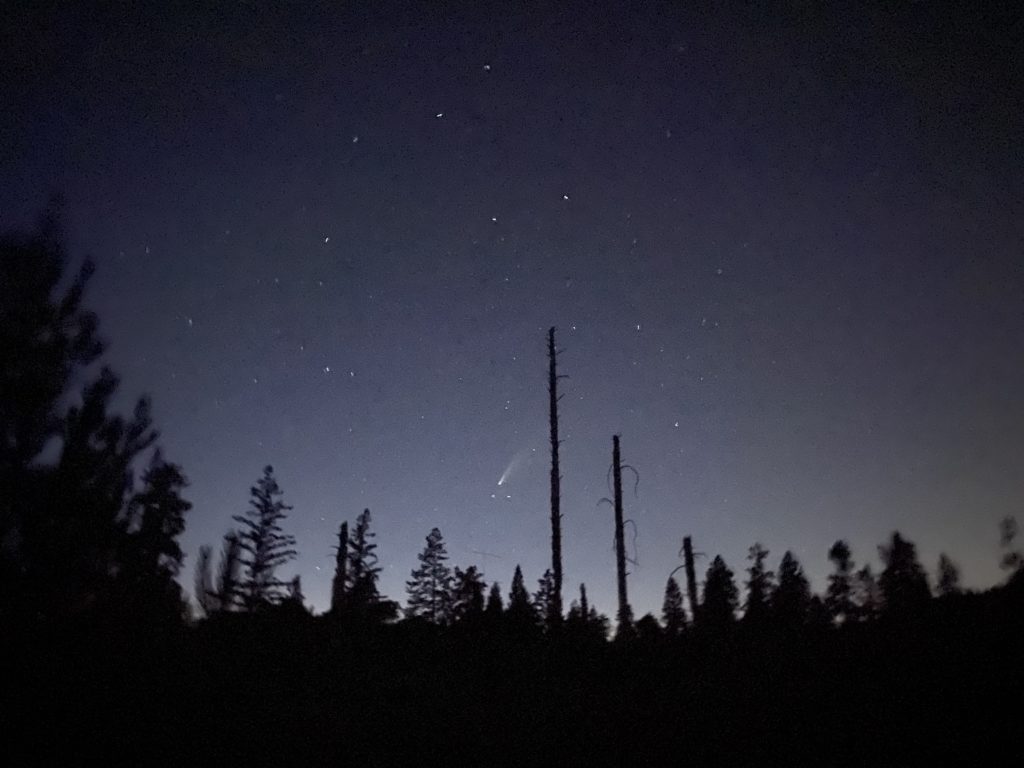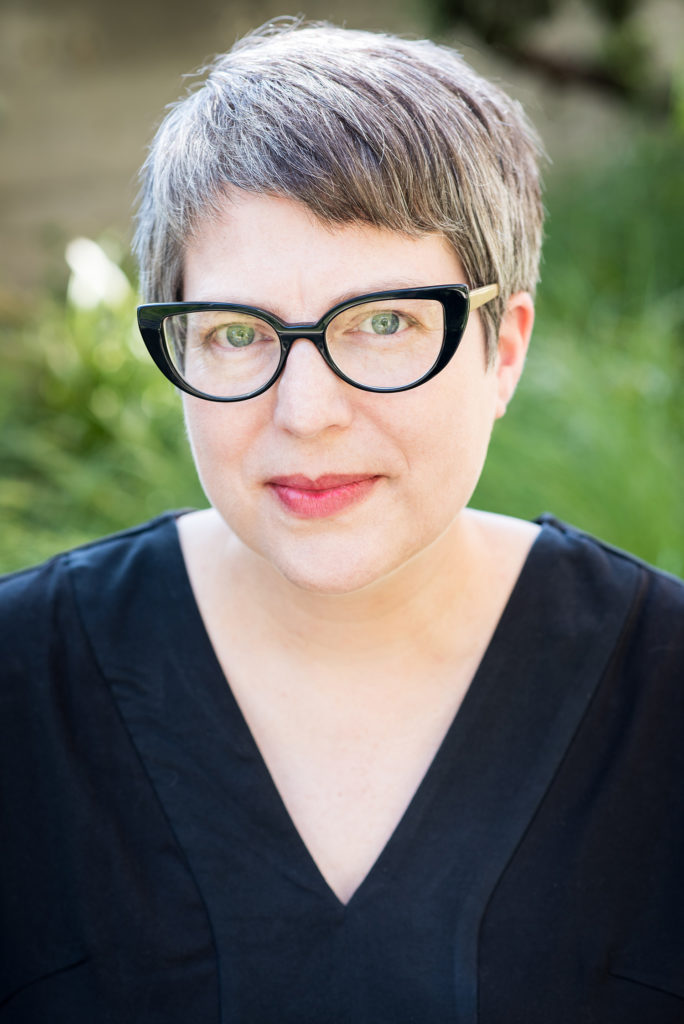Gavin and Graham discuss their new paper exploring evidence of massive sea level rise due to past melting of the East Antarctic ice sheet.
Resources:
Read the full paper
Explore NOAA’s sea level rise simulator
Explore the City of Santa Cruz’s Climate Action Program
About the series: Join the Geology Gents, Gavin and Graham, for weekly conversations about rocks live on Facebook. Each week we’ll explore a different geologic topic, from Santa Cruz formations to tips for being a more effective rockhound. Graham Edwards and Gavin Piccione are PhD candidates in geochronology with the Department of Earth and Planetary Sciences at UC Santa Cruz.
Submit your questions ahead of time on Facebook or by emailing events@santacruzmuseum.org, or during the program live on Facebook. Feel free to include pictures of rocks you’d like identified! Pro-tip: the better the picture, the better the ID.


